With all of the various binding methods available to you, how do you know which one works best for you? Today we are going to explore comb binding, coil binding, wire binding and Unibind system, as well as accompanying items needed for these binding process, like the comb opener, the electric coil inserter, and the wire pincher.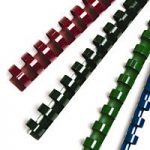
Comb Binding is the more traditional, economical binding machine method often seen on cookbooks and manuals. You would usePVC plastic comb spines. You would place the plastic comb in a comb opener to spread the round rings apart, and then close the comb around a stack of paper, which binds the book. Standard 8.5″ x 11″ sheets use 19-ring combs. You can easily reopen these books to add or remove pages.
Coil Binding is where you see a continuous plastic coil spun through a series of closely spaced holes along the binding edge. This 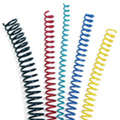 enables the pages to turn 360 degrees, so the books can lay flat. An electric spiral binding coil inserter is the ideal tool for fast turnaround. It also allows you to crimp off the excess coil by simply pressing a foot pedal.
enables the pages to turn 360 degrees, so the books can lay flat. An electric spiral binding coil inserter is the ideal tool for fast turnaround. It also allows you to crimp off the excess coil by simply pressing a foot pedal.
Wire Binding is what you typically see on calendars and notebooks. Wire binding uses a continuous hinge of paired loops to bind books together. You would use a wire pincher to crimp off the excess wire binding. Like coil, wire allows the document to open wide with little problem on a flat surface, while offering a classy look to the document.
Unibind is a brand of thermal binding process you see on wrap-around book covers. The spine has a pre-applied, heat-activated adhesive. You place your loose pages into the thermal binding cover–which can be a hard cover or a soft cover–and place it into the binding machine. The weight of the document will activate the heating element. It has a preset time for operation. Once 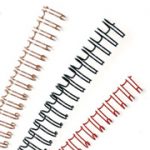 complete, you move the document to the cooling rack.
complete, you move the document to the cooling rack.
Which system to use will depend on the purpose for document binding machine. For marketing, coil, wire and the Unibind system provide the flexibility to conform to your brand marketing. If you are printing training manuals, a coil system would be best as it is rugged and flexible for readers. Comb systems make it easy to switch pages.
However you use it, document binding makes your organization look professional. If not being used for marketing, it still represents your brand in a positive way. The next step is figuring out which one works best for you.
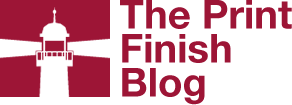
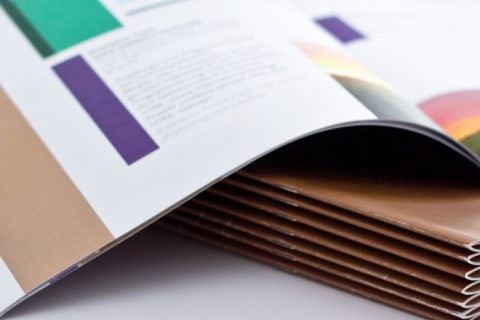
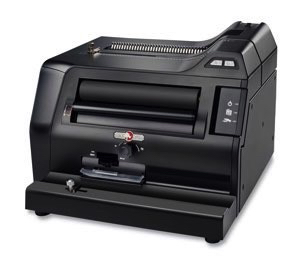
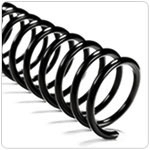
One comment